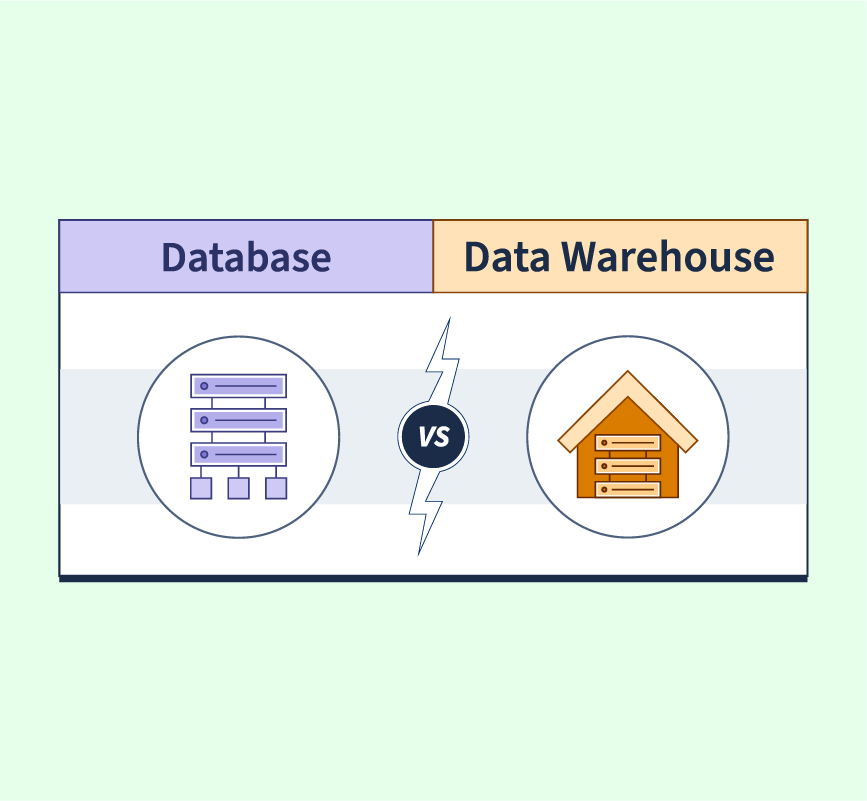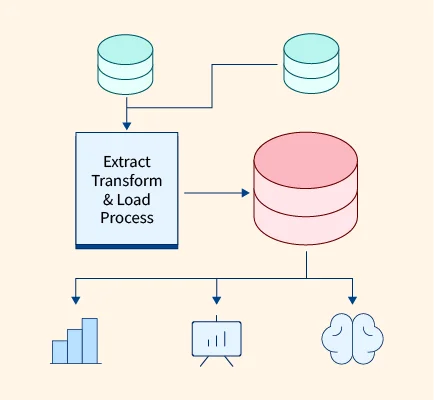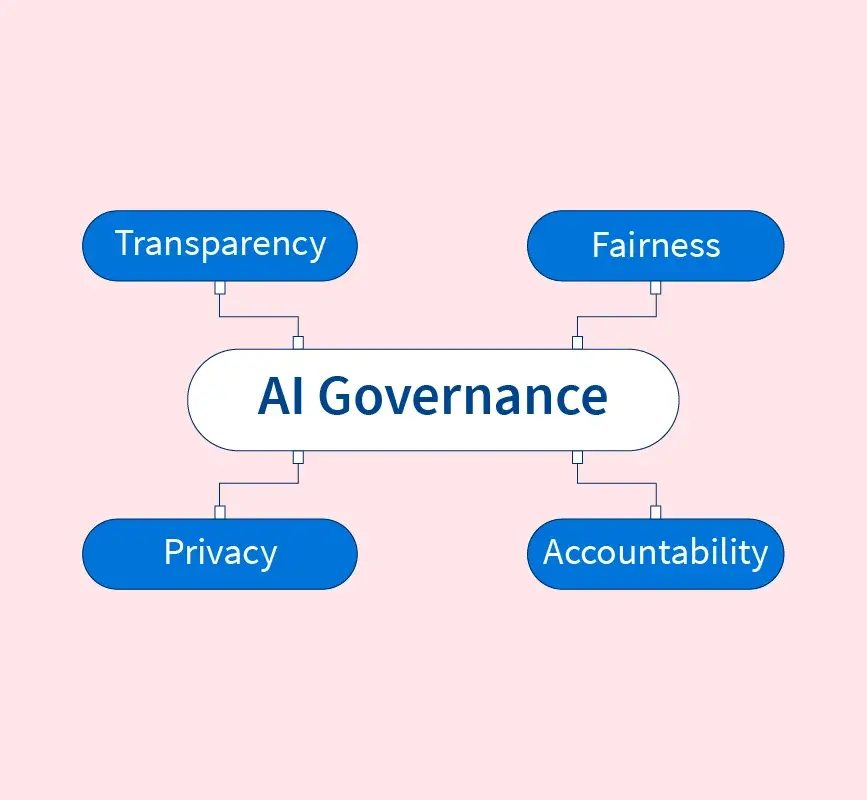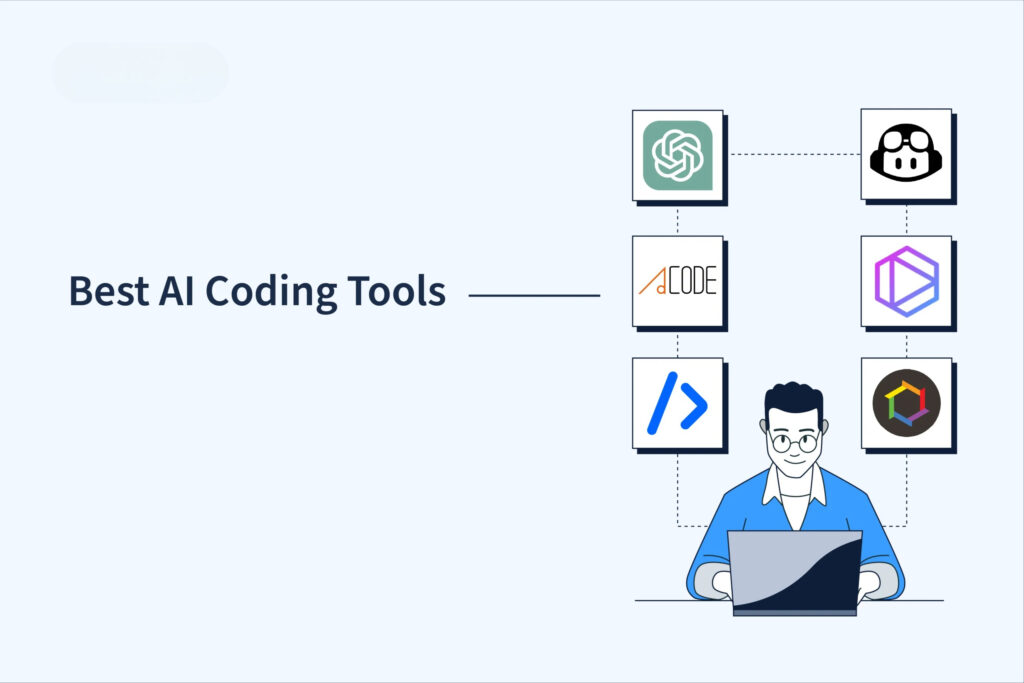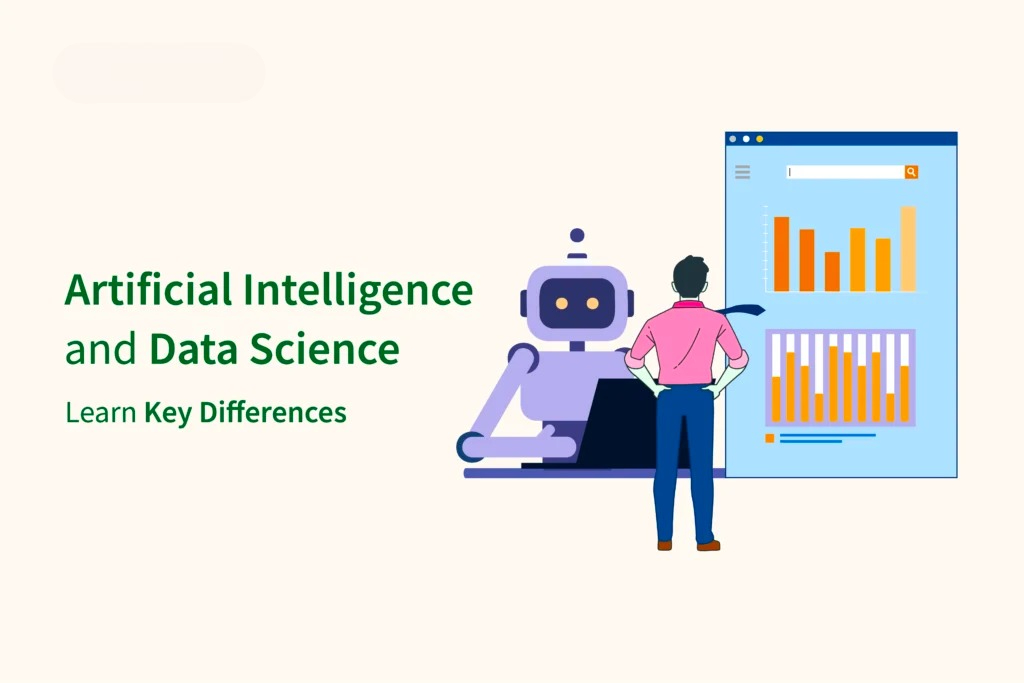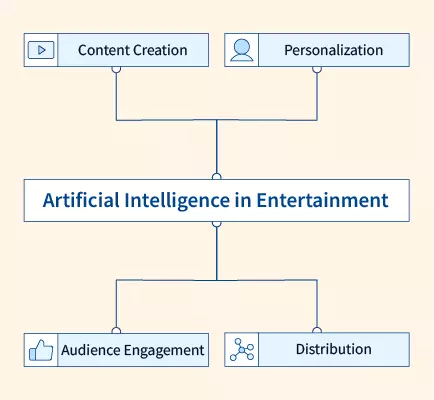Difference between Database and Data Warehouse
In today’s data-driven world, efficient data management plays a pivotal role in driving business success. Organizations rely on structured systems to store, organize, and retrieve data for decision-making and operations. Two commonly used tools in this domain are databases and data warehouses. A database is designed to handle real-time transactional data, supporting day-to-day operations, while ...
